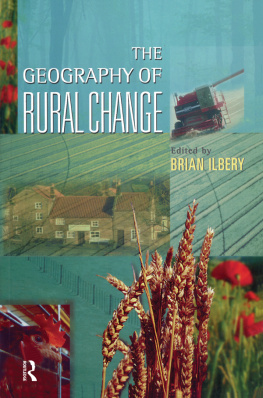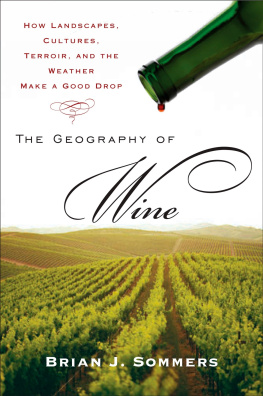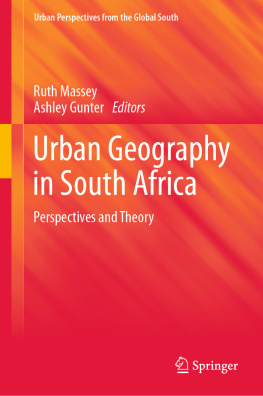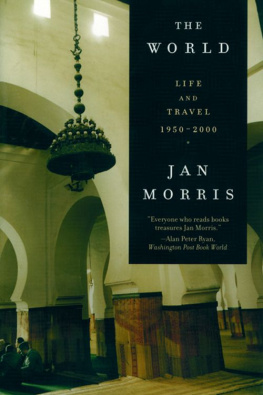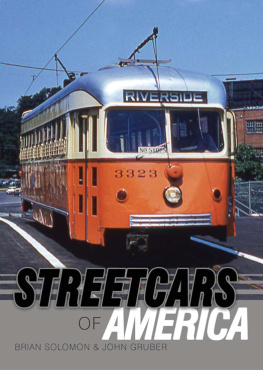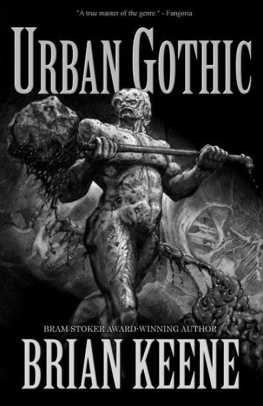Published in 2005 by
Routledge
Taylor & Francis Group
711 Third Avenue
New York, NY 10017
Published in Great Britain by
Routledge
Taylor & Francis Group
2 Park Square
Milton Park, Abingdon
Oxon OX14 4RN
2005 by Taylor & Francis Group, LLC
Routledge is an imprint of Taylor & Francis Group
International Standard Book Number-10: 0-415-95190-9 (Hardcover) 0-415-95191-7 (Softcover)
International Standard Book Number-13: 978-0-415-95190-6 (Hardcover) 978-0-415-95191-3 (Softcover)
Library of Congress Card Number 2004029780
No part of this book may be reprinted, reproduced, transmitted, or utilized in any form by any electronic, mechanical, or other means, now known or hereafter invented, including photocopying, microfilming, and recording, or in any information storage or retrieval system, without written permission from the publishers.
Trademark Notice: Product or corporate names may be trademarks or registered trademarks, and are used only for identification and explanation without intent to infringe.
Library of Congress Cataloging-in-Publication Data
Urban geography in America 1950-2000 : paradigms and personalities / editors, Brian J.L. Berry, James O. Wheeler.
p. cm.
Collections of papers presented at various conferences pertaining to the field of urban geography and published in various issues of Urban geography.
Includes bibliographical references and index.
ISBN 0-415-95190-9 (hbk. : alk. paper) ISBN 0-415-95191-7 (pbk. : alk. paper)
1. Urban geographyUnited StatesHistory. 2. Human geographyUnited StatesHistory. I. Berry, Brian Joe Lobley, 1934- II. Wheeler, James O. III. Urban geography.
GF503.U73 2005 |
307.760973dc22 | 2004029780 |
| Visit the Taylor & Francis Web site at http://www.taylorandfrancis.com |
Taylor & Francis Group is the Academic Division of T&F Informa plc. | and the Routledge Web site at http://www.routledge-ny.com |
We are proud to present this 50-year history of urban geography in America as told by its participants. The project began as an outgrowth of a paper session organized by James O. Wheeler at the 2001 annual meeting of the Association of American Geographers (AAG) in New York entitled Urban Geography in the 1960s. The paper presenters in this session (John S. Adams, William A. V. Clark, James O. Wheeler, and Maurice Yeates) all obtained Ph.D.s in the 1960s. Their formative years, first as graduate students and then as assistant professors, coincided with the development and maturation of urban spatial analysis. For them, this was the urban decade, when human geography first became recognized as a legitimate part of the social sciences. This recognition was guided and advanced by Brian J. L. Berry and his many doctoral students at the University of Chicago, who together established the Chicago School of urban geography. Berrys students latched onto his innovative ways of thinking about and doing geographynew theories, concepts, methodologies, and policy insights. As a result, this was a decade of paradigm gained and molded. The paper presentations were published, along with Berrys commentary on The Chicago School in Retrospect and Prospect, in Urban Geography, 2001, Vol. 22, No. 6.
The Los Angeles meeting of the AAG in 2002 provided the opportunity for Wheeler and Berry to organize a second paper session, Urban Geography in the 1970s. Presenters included Martin Cadwallader, Larry R. Ford, Patricia Gober, Peter G. Goheen, and Risa I. Palm, whose Ph.D.s were awarded in the 1970s. These papers, with Berrys commentary, Paradigm Lost, were published in Urban Geography Vol. 23, 2002, No. 5. They revealed that the 1970s was a decade of experimentation and challenge to the spatial analysis paradigm.
The New Orleans meeting of the AAG in 2003 was the forum for two additional sessions organized by Wheeler and Berry: Urban Geography in the 1980s and Urban Geography in the 1990s. The former session comprised presentations by Larry S. Bourne, Sallie A. Marston and Geraldine Pratt, David R. Meyer, and Michael Pacione, with insightful commentary by Robert W. Lake. Paul L. Knox also contributed a paper, although it was not presented in the session. The second session included papers by Trevor J. Barnes, Michael Dear, Susan Hanson, Robert W. Lake, and Helga Leitner and Eric Sheppard. Published versions of the papers from these two sessions were published in Urban Geography, Vol. 24, 2003, Nos. 4 and 6, respectively.
The Chicago School of the 1960s did not arise in a vacuum. Papers by Chauncy D. Harris, Elisabeth Lichtenberger and Edward J. Taaffe previously published in Urban Geography describe the foundations on which the superstructure of the 1960s was constructed. Taken together, these papers and the four sets of AAG presentations constitute an important historical resource that should be of value to members of the geographic profession, now and in the future, and it has been our pleasure to draw them together in one place. Here are the voices of those who created and transformed modern urban geography in North America.



